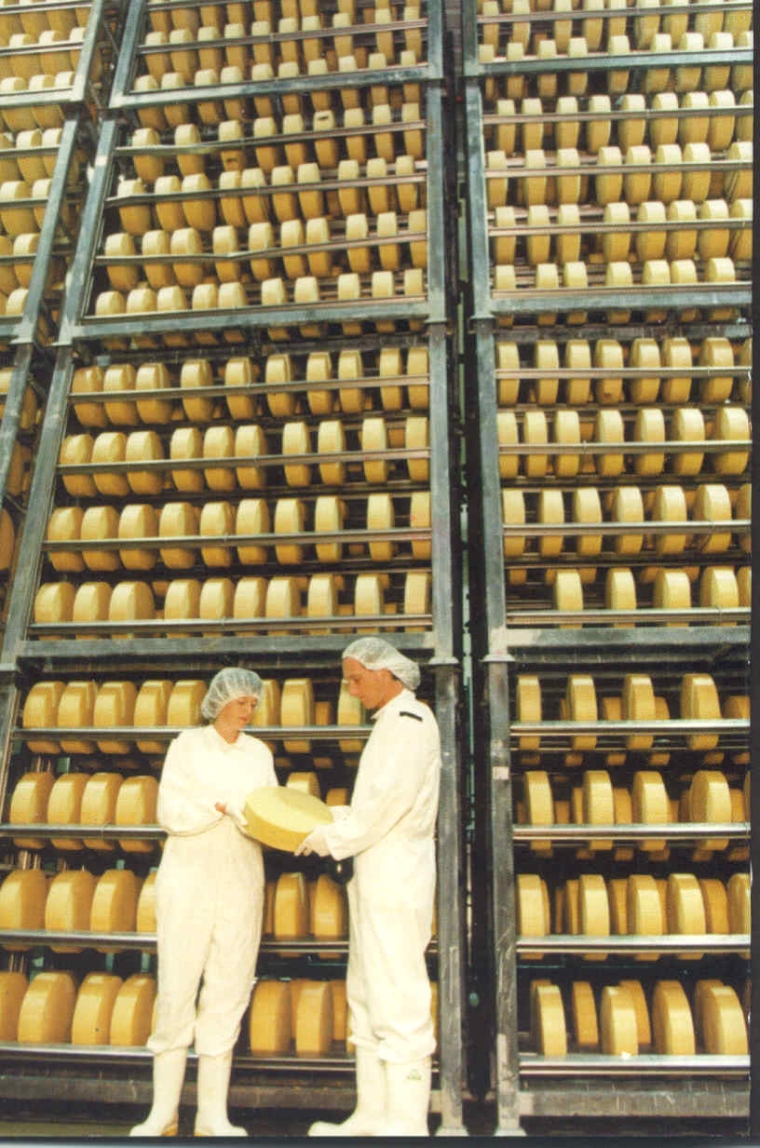
Pastures are greening and growth rates lifting, as short term feed supplies look adequate for immediate stock requirements on the first rotation.
Urea is being applied to ensure the pasture growth momentum continues well into the spring, and good utilization has seen most managers happy how they are tracking.
Groundwater supplies are lower than normal in Canterbury and would be worse if the Central Plains Water system was not spelling the aquifers and utilizing surplus mountain river run water.
Also giving optimism is the milk market, with Westland lifting this year’s forecast by 20c to $4.55-$4.95/kg ms, and analysts noting premiums in milk futures, and looking for more in this week’s auction results.
Oceania milk prices have followed and are now closing in on yearly highs in US$ terms, although the high NZ currency has restricted these returns at the farm gate.
The global dairy trade auction overnight has another good lift with the basket of commodities lifting by 7.7% on the back of increasing demand from China.
Whole milk powders were the worst performing of the products offered, but still rose by 3.3%, and is now only slightly over $200/tonne from reaching the $3000/t market sustainability goal.
The three other main products of SMP and AMF and Cheddar all rose by over 10% and these results will bring a smile to hard working dairy farmers many still in the midst of calving.
These recent gains will need to be maintained through to November when the China free trade window closes, and the currency needs to behave, before farmers will truly believe they are out of the financial woods.
Milk production out of NZ and Europe remains the key, reports the ANZ in the latest farm gate price report, and lower supplies will keep stimulating demand, although the big stockpile of SMP held through Europes intervention scheme continues to overhang the market.
The mystery of the missing 500 cows in Mid Canterbury remains unsolved, and puts into question the integrity of the NAIT scheme if so many animals can go missing and be untraceable.
Calf rearers have been made aware of a new disease called VTEC that can be transmitted to humans from sick calves, and handlers are urged to take extra care with personal hygiene when handling these animals.
Industry participants are concerned about the failure of the sharefarming model in these tough financial times, and have developed a new model that will split milk revenue under different milk prices.
This will hopefully continue to attract new talent into the sector and reinvigorate business confidence severely shaken for many young farmers as a result of the downturn.
We welcome your comments below. If you are not already registered, please register to comment.
Remember we welcome robust, respectful and insightful debate. We don't welcome abusive or defamatory comments and will de-register those repeatedly making such comments. Our current comment policy is here.